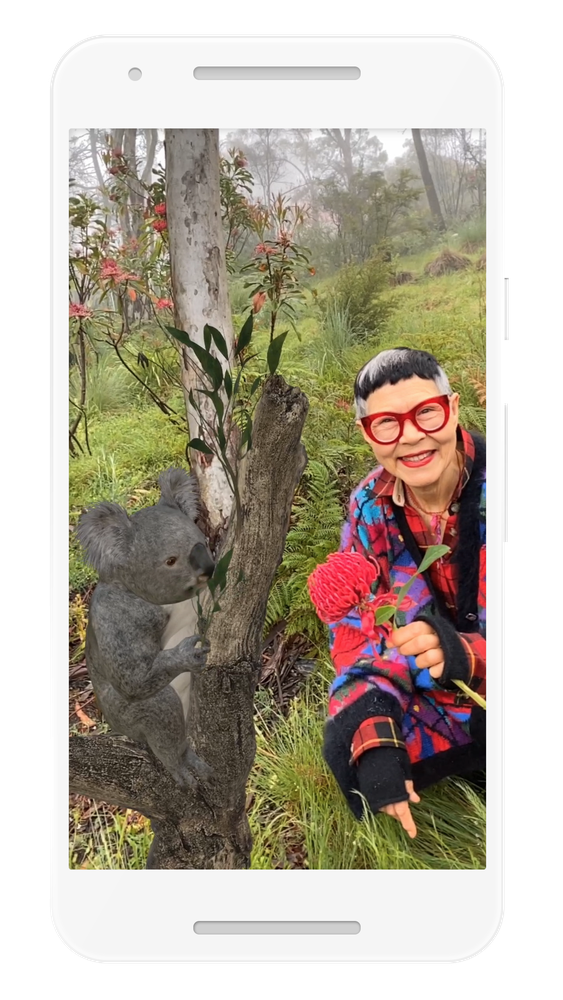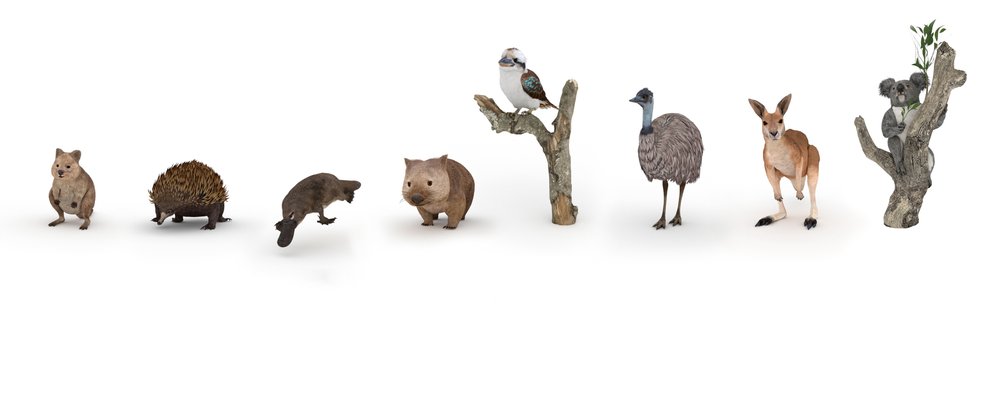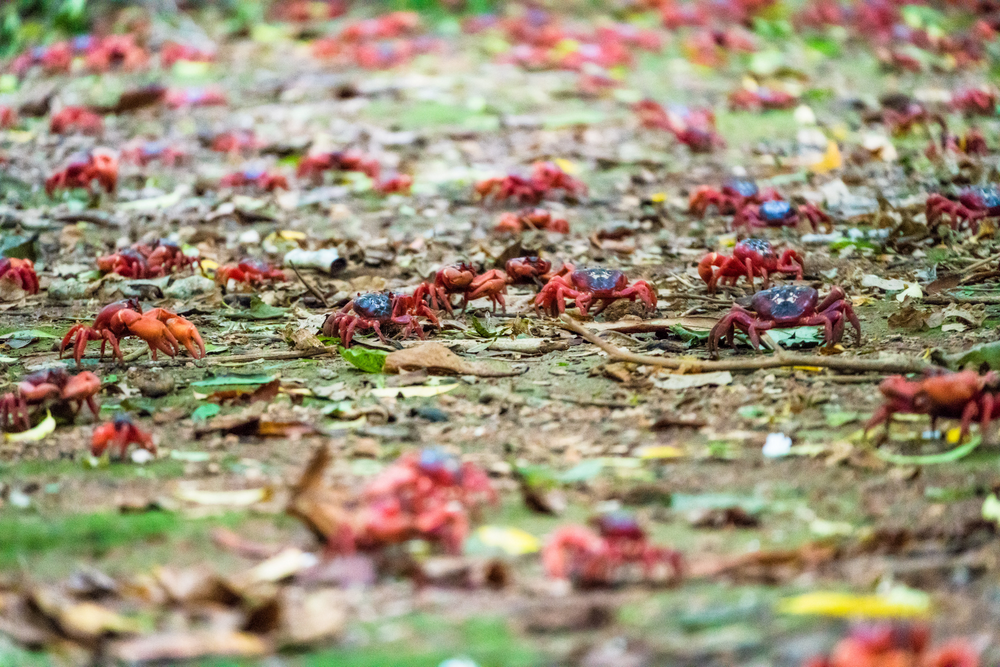Australia is home to some of the most magnificent creatures in the animal kingdom: birds that laugh, duck-billed monotremes and marsupials that smile, hop and sleep for ~20 hours a day. They can’t be found in the wild anywhere else in the world. Until now.
With AR on Google, you can meet eight life-sized Aussie animals up close and bring them into your backyard, living room, classroom—or take them on your adventures. Just search for koala, kangaroo, quokka, wombat, platypus, emu, kookaburra or echidna on your mobile browser (Android or iOS) or in the Google App and tap “View in 3D.”
You’ll be able to see their life-size scale, detail, movement—and even hear their sounds on Android devices (sounds are coming soon to iOS too). You’ll also be able to capture content of these Aussie icons.

Our fascination with Aussie creatures, especially koalas, has been on the rise this year. During Australia’s devastating bushfires—which endangered thousands of koalas—search interest for koalas hit an all-time high globally in January and we even worried they may be extinct (thankfully, we can confirm they aren’t).
Here’s a list of the top worldwide trending questions this year so far for the Aussie AR animals you’ll now get to meet in Search:
Are koalas extinct 2020?
What does a baby platypus look like?
Can an emu fly?
How many koalas have died?
How big are wombats?
Are koalas friendly?
How do koalas drink water?
What does the inside of a kangaroo pouch look like?
Can koalas be pets?
How are baby kangaroos born?
While most of us can’t travel to the Aussie outback right now, you can learn about these animals from the comfort of your couch or picnic rug. Search for these Aussie AR animals on your mobile or tablet today so you can paddle with a platypus, cackle with a kookaburra and meet your new mARsupial mates!


